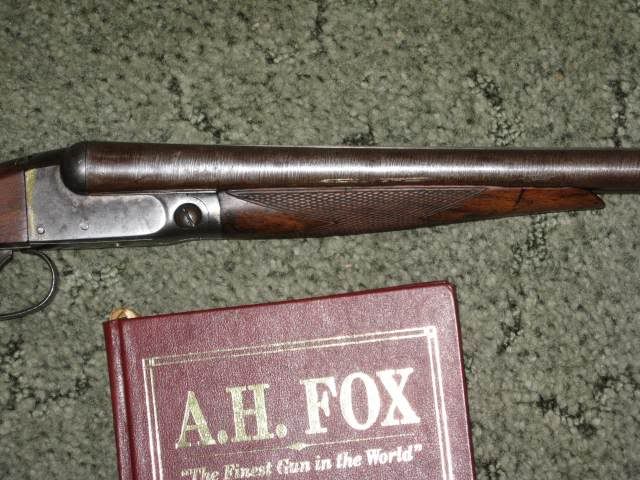Going back to when our favorite SxS's were in current production, there was a tremendous cross-pollination of guns and gun makers on a friendly basis. Old company-to-company correspondence in the hands of collectors shows that business relations were cordial and supportive, even in respect to patent litigation. In the days before the Sherman Act they even agreed on prices. The Interstate Manufacturers and Dealers Association was somewhat of a trust in that it owned and managed organized trapshooting from the early 1890s until it morphed into the current ATA in 1920. The Interstate Assn's BOD consisted of gun makers (like Wilbur Parker Jr.) and ammo company executives.
Ed,
We have spoken about this privately. I am still of the opinion that the trust's played a larger role than we acknowledge today. They controlled not only pricing, but who could sell certain products. Your research in this area is seminal as so little has been written on the subject in recent times. One has to wonder if smaller companies failed as a result of the trusts.
The thing that surprises me is how blatant the the Phila. Fox mimics the Parker's exterior design. It could not have been a good thing to start-up a new business with expensive tooling that simply copied the familiar and visible identity of a well-established product (unless there was a tremendous price advantage). So it's no surprise that the Phila. Fox had a short life, and Ansley's next gun had its own trademark exterior (see McIntosh's Fox book, p. 76 et seq). As to the interior design features, prudent gun makers would analyze the competition so as to avoid inadvertent patent infringement and, thus, maintain the goodwill of others in the business. Whether Ansley pissed off the Brothers Parker with his knock-off...we'll never know.
I stumbled across a small online auction. The sole shotgun with very poor pictures had a hinge pin. I knew the gun would be a project, but for what I paid, no complaints. When I got the gun, thinking it might be a Parker, I was surprised to discover it was Philadelphia Arms Fox. This design had been used for the Baltimore guns as well. McIntosh quotes the "Sporting Goods Dealer" Oct 1899 which stated Fox could not manufacture enough guns to meet demand. Researcher informerd me that this Baltimore gun is actually designed by Frank A.Hollenbeck and that Fox purchased most of their equipment when the company folded.

Pete